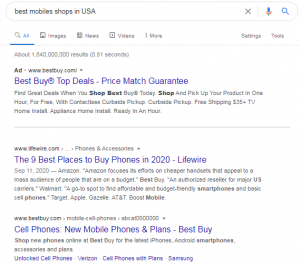Why Your Post-Pandemic Digital Strategy Should Include Live Video
Subsequent episodes featured other artists going head to head, drawing in huge viewership numbers. By August, the brand had partnered with Apple’s streaming service, driving numbers even higher. A battle between Gucci Mane and Jeezy pulled in 9.1 million live viewers across streaming platforms.
Verzuz battles weren’t the only thing viewers tuned in for. Google reported in June 2020that watch time for live content was up 250% over the previous year. On Facebook, live viewings spiked by 50% during lockdown periods. TikTok use skyrocketed in 2020, with more than 100 million monthly active users in the U.S. by August.
Like many COVID adaptations, livestreaming boomed during the pandemic—but it’s not going away. While CMOs are rushing to develop marketing campaigns to embrace the “return to normal,” livestreaming should not be tossed aside.
In a Mashable post, Columbia professor Eli Noam explained the format was on the rise before the pandemic. “This is not temporary. The temporary situation is the accelerant,” Noam noted.
Live video gives brands an algorithmic advantage on competitive platforms and builds a library of social videos that can be reshared when relevant. Brands can track how many people are watching—and more importantly—how they’re reacting to what they watch, generating meaningful data to shape messaging.
People are still clamoring for more live video. According to Sprout’s 2020 Social Index, 40% of consumers report wanting to see more live video from brands. A survey conducted by Vimeo Livestream and New York magazine found 82% of people prefer live video to social media posts. Twitch, a platform dedicated to livestreaming, logged over 1.6 billion hours of viewed content in October 2020, increasing its year-over-year monthly viewership totals by 99%.
Livestreaming resonates for two reasons: authenticity and accessibility. Livestreamed content is more human-driven and organic, and less likely to feel like a marketing ploy. People can participate in the conversation, comment on what they are watching, and engage with the streamer or with other viewers. This participation was crucial for our well-being during the pandemic, but will remain key afterwards.
Attending in-person events often isn’t easy or feasible for people with young children, those who live in rural areas, or are simply on a budget. It can be nearly impossible for many people with disabilities. These groups got a taste of access during the pandemic, and they will continue to expect this same level of access.
While many of us can’t wait for the return to in-person events and experiences, livestreaming should not become an afterthought. Brands now have the ability to truly connect with their audiences—anywhere and any time—without formality or pretense. It’s time to unlock the potential of one of the most powerful communication tools available.
(37)
Report Post







